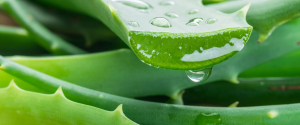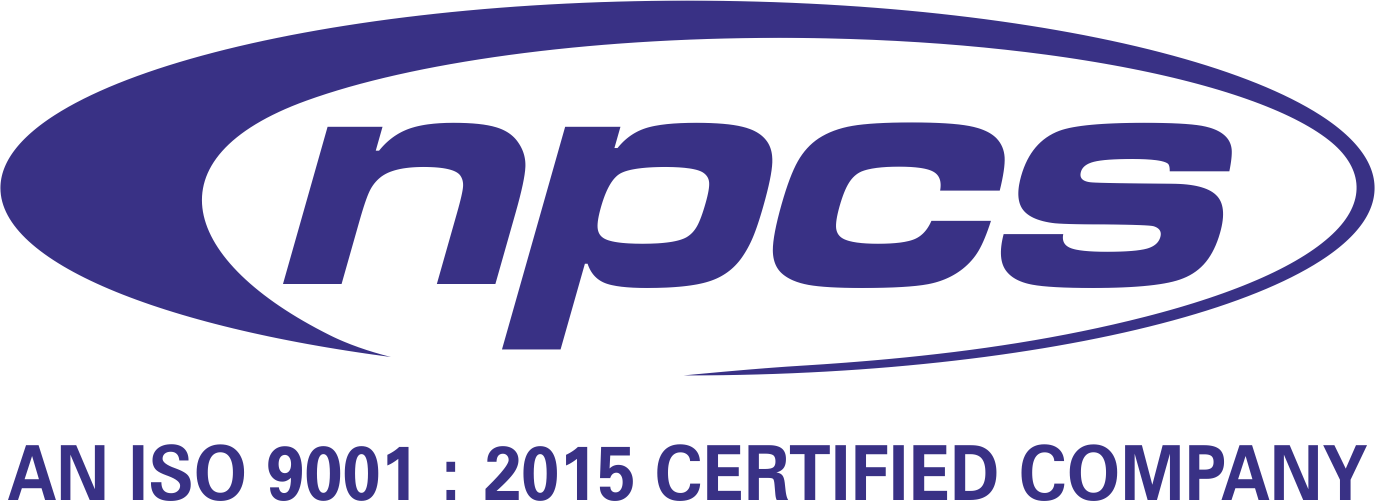
Aloe Vera is often hailed as the “plant of immortality” due to its exceptional medicinal, nutritional, and cosmetic properties. With a booming demand for wellness and natural skincare products, the business of Aloe Vera juice and gel has become a highly lucrative and sustainable opportunity. From health supplements to herbal cosmetics and skincare brands, Aloe Vera-based products are now indispensable in daily life. Setting up a business in this sector allows you to tap into a vast, evergreen market with strong growth prospects.
Why Enter the Aloe Vera Juice and Gel Industry?
The Aloe Vera industry has seen a surge due to the rising consumer preference for organic and herbal products. This versatile plant contains over 75 active compounds, including vitamins, enzymes, amino acids, and antioxidants—making it suitable for:
-
Health drinks and detox tonics
-
Skincare and anti-aging products
-
Hair care and dandruff solutions
-
Ayurveda and herbal medicines
Starting a business of Aloe Vera juice and gel requires low investment, ensures high returns, and contributes to natural health and beauty trends.
What is Aloe Vera Juice and Gel?
Aloe Vera juice is a hydrating drink made from the inner pulp of Aloe Vera leaves. It is rich in antioxidants, supports digestion, boosts immunity, and helps in detoxification.
Aloe Vera gel, on the other hand, is the transparent, soothing gel extracted from Aloe Vera leaves. It is used topically in skincare, sunburn relief, hair conditioning, and wound healing products. The gel can also be processed into creams, shampoos, and moisturizers.
Both products are in high demand for health, wellness, and cosmetic uses.
Visit this Page for More Information: Start a Business in Herbal Products Industry
Applications of Aloe Vera Juice and Gel
The dual product offering opens multiple market segments:
-
Health Industry – For weight management, diabetes care, liver health, and digestion
-
Skincare and Cosmetics – In creams, lotions, face masks, and after-sun gels
-
Hair Care – Used in shampoos, conditioners, and anti-hair fall serums
-
Nutraceuticals – Formulated as dietary supplements and immunity boosters
-
Ayurveda – Aloe Vera is a key ingredient in several herbal formulations
These versatile applications ensure year-round product demand.
Related Business Plan: Herbs and Herbal Based Products
Raw Materials and Availability
The primary raw material is fresh Aloe Vera leaves, which can be cultivated on-site or sourced from Aloe farms. India’s climate supports Aloe Vera cultivation in states like Rajasthan, Gujarat, Uttar Pradesh, and Tamil Nadu. Other required materials include:
-
Purified water
-
Preservatives (citric acid, potassium sorbate)
-
Stabilizers (for gel products)
-
Packaging containers (PET bottles, tubes, jars)
-
Natural flavoring agents (for juice)
Cultivating Aloe Vera on your land can further reduce costs and improve product quality.
Read Similar Articles: HERBS AND HERBAL BASED PRODUCTS
Manufacturing Process of Aloe Vera Juice and Gel
Here’s a simplified process for both products:
1. Harvesting and Washing – Fresh Aloe leaves are harvested and thoroughly washed.
2. Leaf Trimming – The thorns and outer green skin are removed.
3. Gel Extraction – The clear pulp is scooped out manually or using an automated extractor.
4. Filtration – The gel is filtered to remove fibers and impurities.
5. Juice Preparation – For juice, the gel is diluted with purified water and mixed with stabilizers and preservatives.
6. Gel Formulation – For gel products, the pulp is thickened and enhanced with fragrances or botanical extracts.
7. Bottling and Packaging – The final product is bottled, sealed, labeled, and stored for distribution.
A hygienic and temperature-controlled environment is essential for maintaining quality.
Read our Books Here: Herbal Products, Aromatic Plant Cultivation
Machinery and Equipment Required
To start a small to medium-scale Aloe Vera processing unit, you’ll need:
-
Aloe Vera leaf washer
-
Gel extractor or pulper
-
Filtration unit
-
Juice mixer and homogenizer
-
Pasteurizer (for juice)
-
Filling and sealing machine
-
Labeling unit and packaging station
-
Refrigerated storage (optional)
A semi-automated plant helps maintain hygiene and production efficiency while keeping investment moderate.
Related Feasibility Study Reports: Herbs and Herbal Based Products
Infrastructure and Space Requirement
A production unit for Aloe Vera juice and gel typically needs 5,000 to 8,000 sq. ft. of area, including:
-
Raw material reception area
-
Processing and filtration zones
-
Quality control lab
-
Bottling and labeling line
-
Storage and warehouse
-
Office and administration area
A separate cleanroom for gel formulation ensures compliance with cosmetic-grade product standards.
Licensing and Legal Requirements
To run the business of Aloe Vera juice and gel, you must obtain the following:
-
FSSAI license (for juice production)
-
Cosmetic manufacturing license (for gel products)
-
MSME/Udyam Registration
-
Factory license
-
Pollution Control Board NOC
-
GMP Certification (for export and credibility)
-
Trademark registration (for your brand)
Proper documentation ensures market entry, product trust, and long-term sustainability.
Financial Requirements and Profit Margin
The average investment required for a small to medium-scale Aloe Vera juice and gel business is ?20 to ?50 lakhs. This includes:
-
Machinery and infrastructure
-
Working capital (raw material, wages, utilities)
-
Licensing and compliance costs
-
Branding and marketing
-
Packaging and distribution
Profit margins can range from 30% to 45%, especially if you sell directly to end users or via e-commerce. The return on investment (ROI) is typically achieved within 18–24 months.
Market Opportunities and Buyers
Your potential buyers include:
-
Ayurvedic and herbal product companies
-
Cosmetic and skincare brands
-
Online retailers (Amazon, Flipkart, Meesho)
-
Wellness and nutrition shops
-
Supermarkets and organic stores
-
Exporters of herbal products
You can also create your own brand and sell directly via D2C websites, health expos, and retail chains.
Challenges and Their Solutions
Common Challenges:
-
Maintaining hygiene and shelf life
-
Ensuring consistent product quality
-
Navigating regulatory approvals
-
Competing with established brands
Solutions:
-
Use food-grade and GMP-certified facilities
-
Invest in R&D and quality testing
-
Differentiate with unique formulations (like aloe + turmeric juice)
-
Focus on niche branding and packaging
Building a strong USP and targeting the right market can help overcome competition.
Growth Potential and Future Scope
The demand for Aloe Vera-based products is expected to rise sharply in coming years due to the global push for natural, organic, and chemical-free solutions. There’s scope to expand into:
-
Aloe Vera face washes, creams, and soaps
-
Herbal supplements and detox kits
-
Ready-to-drink flavored Aloe Vera beverages
-
Aloe-based pet care products
You can also tap into exports, especially in markets like the USA, Europe, and Middle East, where natural wellness products are in high demand.
Final Thoughts
The business of Aloe Vera juice and gel is a green, high-demand, and recession-proof industry. With health and wellness trends becoming more mainstream, investing in Aloe Vera processing can offer solid profits, brand growth, and environmental sustainability. Whether you’re a new entrepreneur or an existing manufacturer looking to diversify, this is a business that delivers both purpose and profit.
Niir Project Consultancy Services (NPCS)
Click here to send your queries/Contact Us
Reasons for Buying NIIR Report:
- Our research report helps you get a detailed picture of the industry by providing an overview of the industry along with the market structure and classification.
- Our report provides market analysis covering major growth driving factors for the industry, the latest market trends and the regulatory framework of the industry.
- Our Report provides an analysis and in-depth financial comparison of major Players / Competitors.
- Our Report provides indispensable buyers’ data with their company financials as well as the contact details, which can be an important tool in identifying the target customers.
- Our report provides forecasts of key parameters which help to anticipate the industry performance.
- We use reliable sources of information and databases. And information from such sources is processed by us and included in the report.
See More Links:
- Start a Business in Asia
- Start a Business in Potential Countries for Doing Business
- Best Industry for Doing Business
- Business Ideas with Low, Medium & High Investment
- Looking for Most Demandable Business Ideas for Startups
- Startup Consulting Services
- Start a Business in Africa
- Start a Business in India
- Start a Business in Middle East
- Related Videos
- Related Books
- Related Projects
- Related Market Research Reports





